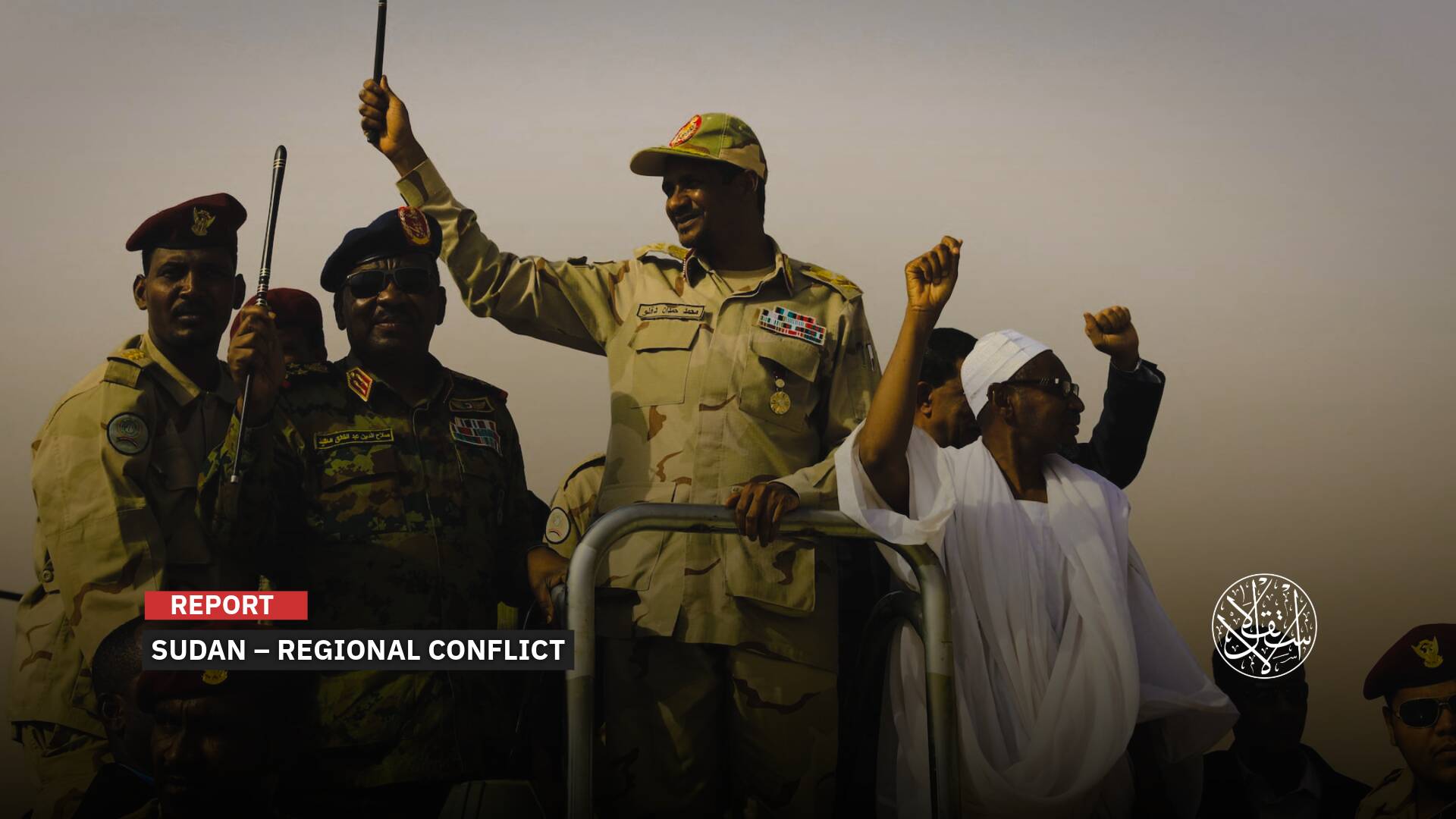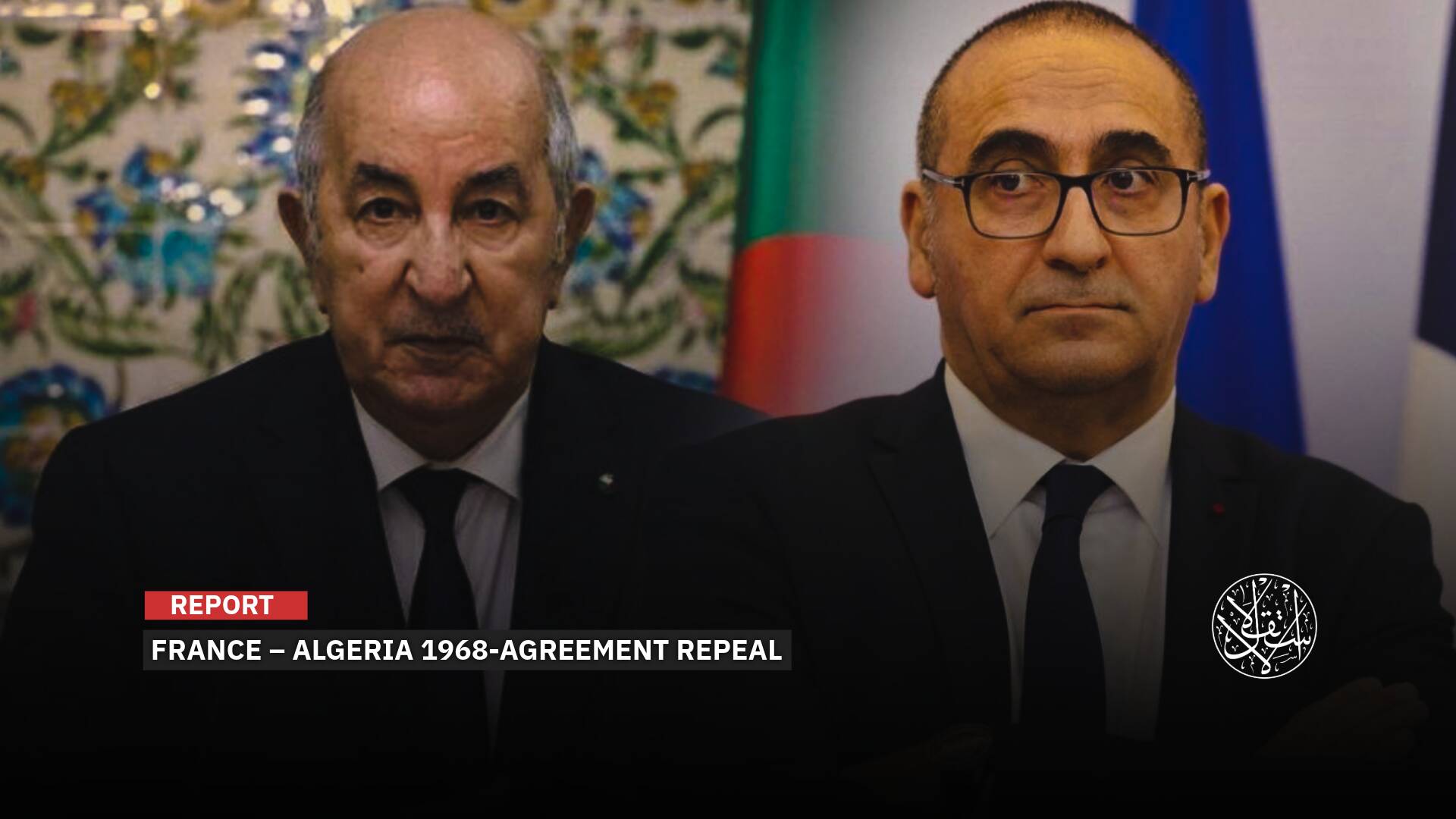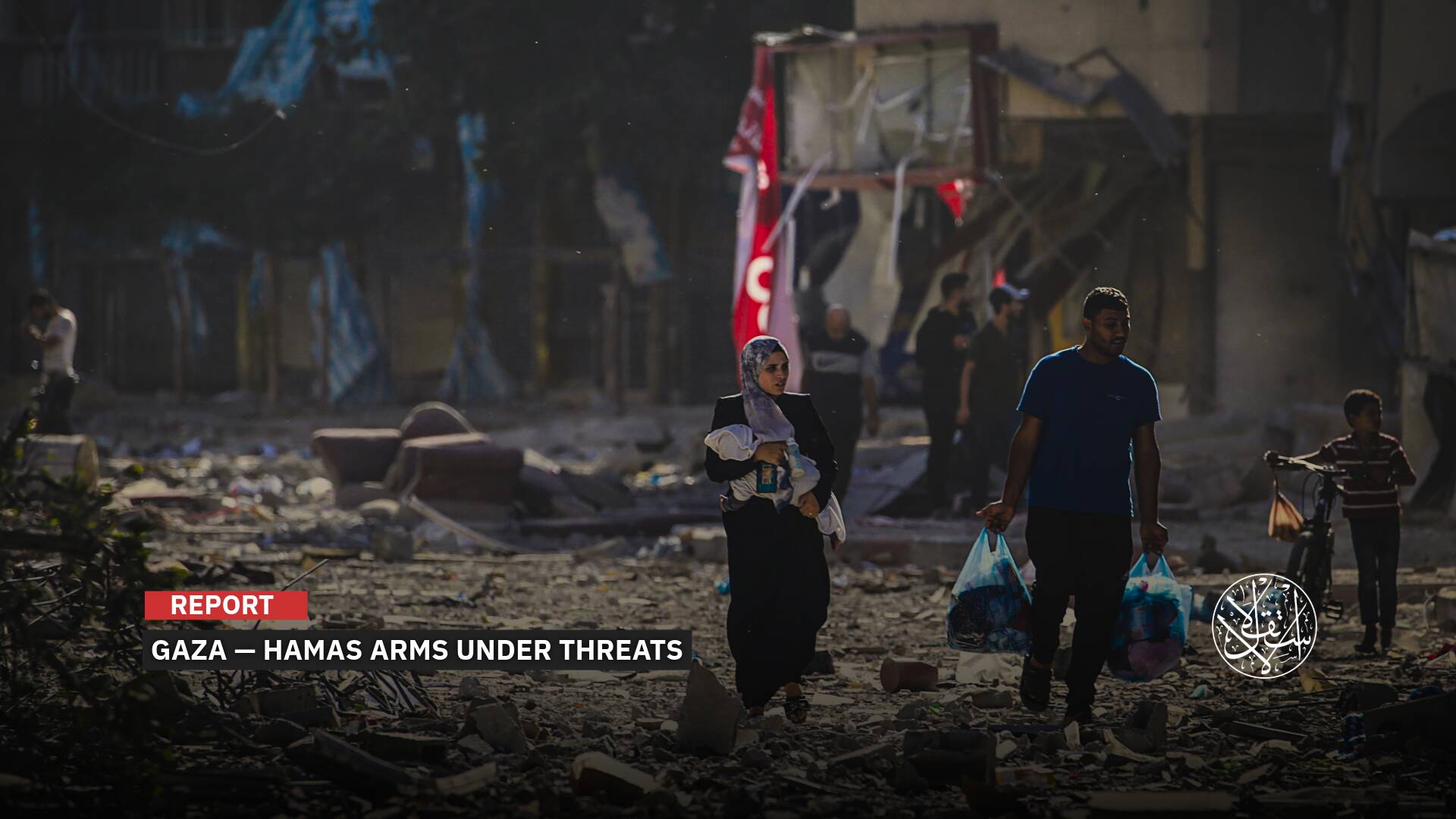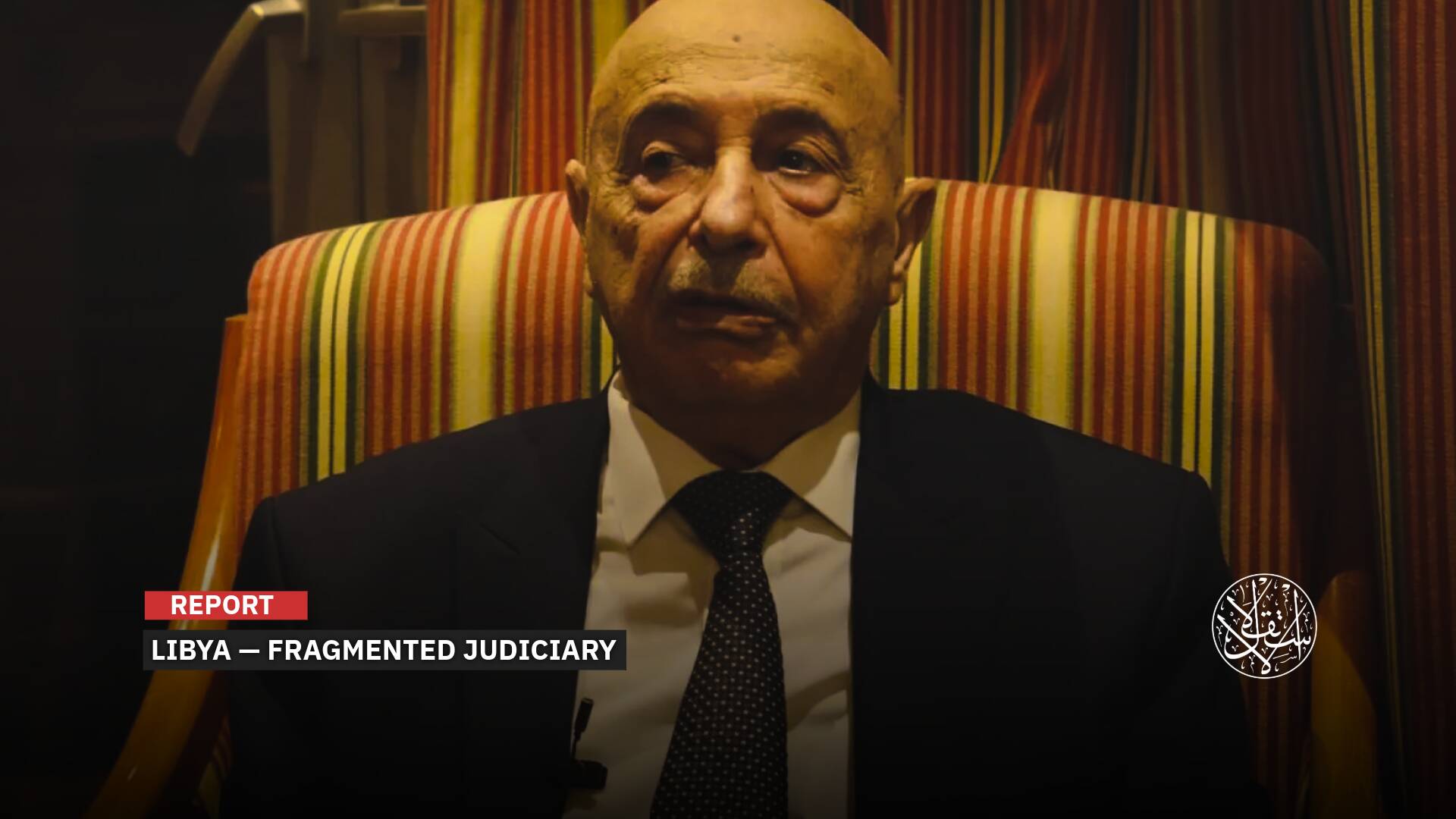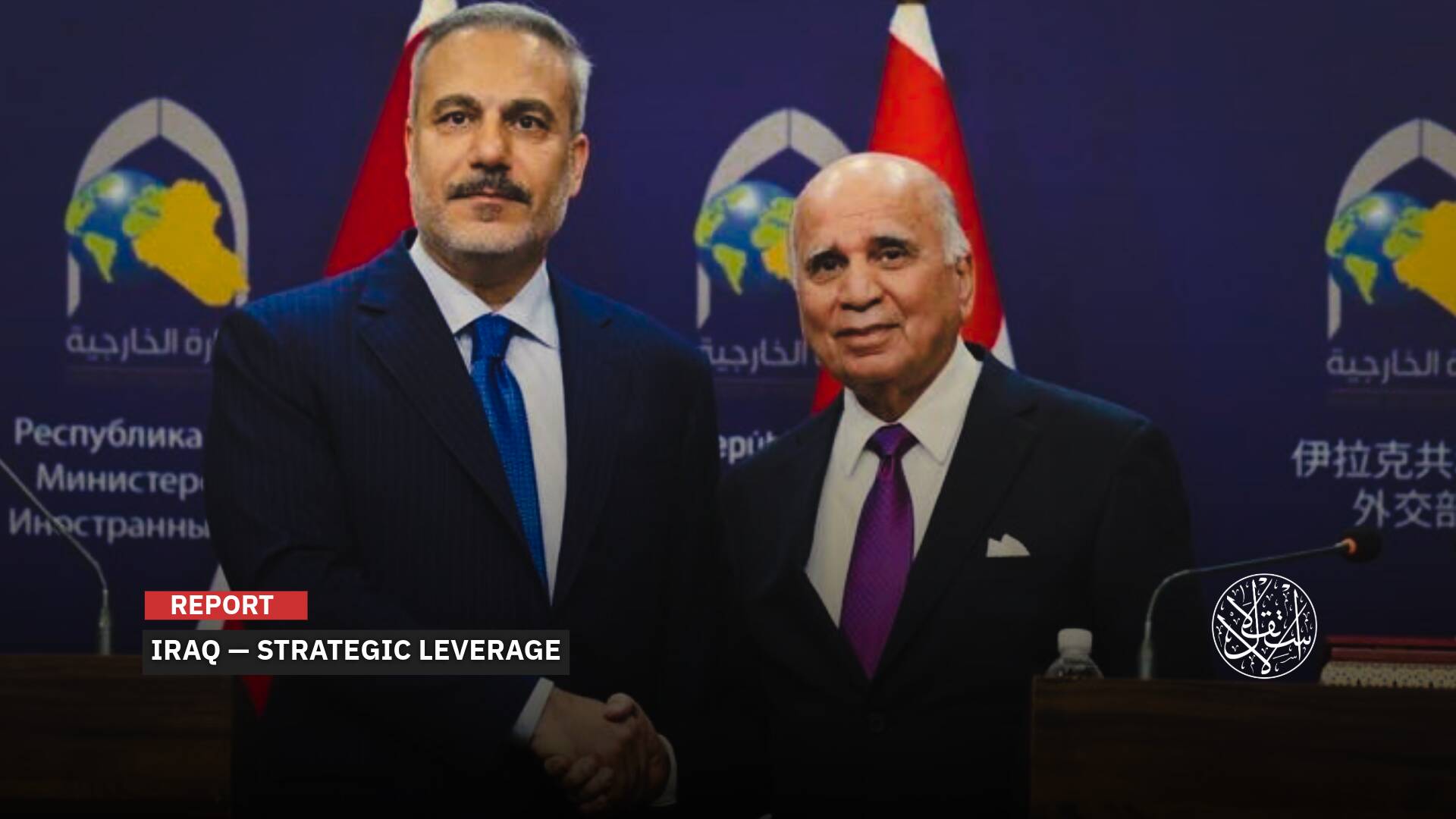U.S. Broadens Syria’s Role in Coalition: Threat to Iran or Check on Russia?

Washington is moving to form new partnerships to ease the burden of direct confrontation.
At a pivotal moment in Syria’s political landscape, Damascus’ entry into the U.S.-led coalition against ISIS marks a strategic shift that is reshaping regional and international alliances.
As traditional local actors lose influence, the Syrian government is stepping into a new role, gaining unprecedented international legitimacy through partnership with a U.S.-led military alliance.
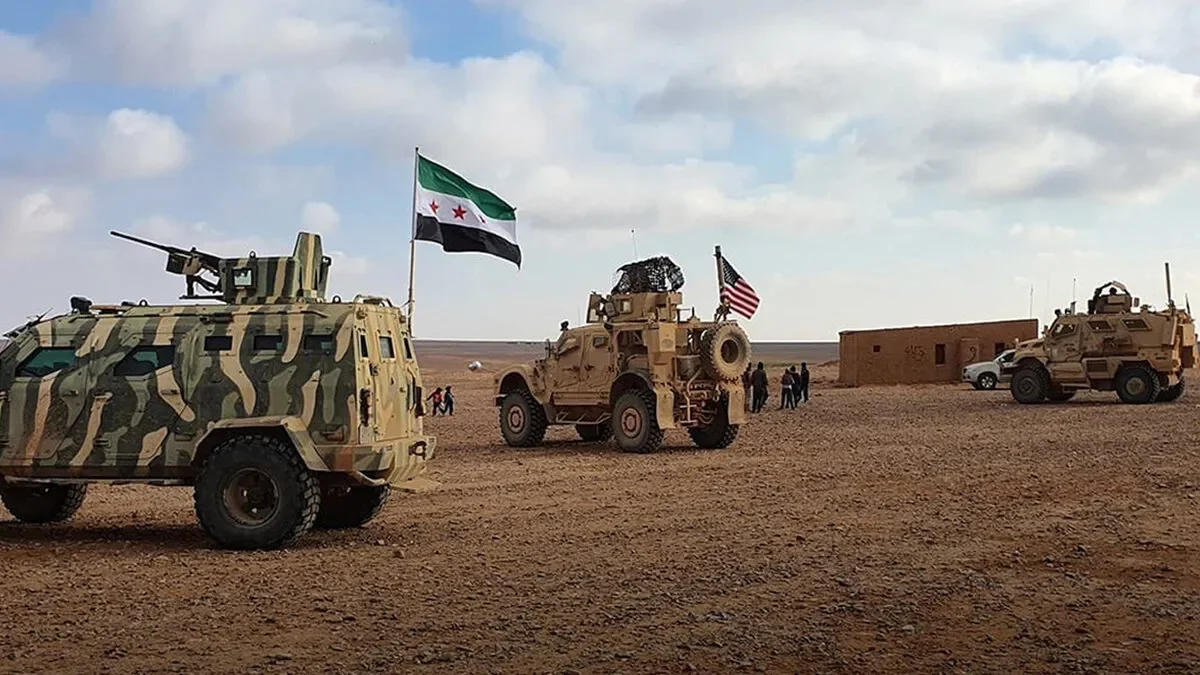
A New Partnership
On November 13, 2025, U.S. special envoy to Syria Tom Barrack said that following its official entry into the U.S.-led coalition against ISIS, Syria “will now actively assist us in confronting and dismantling the remnants of ISIS, the IRGC, Hamas, Hizballah, and other terrorist networks, and will stand as a committed partner in the global effort to secure peace.”
Barrack’s remarks came hours after the coalition announced Syria as its 90th member, following the historic visit of Syrian President Ahmed al-Sharaa to the White House on November 11, where he met President Donald Trump.
Just days before his historic visit to Washington, the United States officially removed Syrian President Ahmed al-Sharaa from its terrorism list, coinciding with the UN lifting sanctions against him. Barrack said al-Sharaa committed to joining the coalition against ISIS, calling it a historic framework marking Syria’s transition from a source of terrorism to a partner in counterterrorism and regional stability.
This transformation goes beyond the military sphere, encompassing Syria’s political and security repositioning and ending longstanding unofficial partnerships that had driven field operations against ISIS. The U.S.-led International Coalition Against ISIS, established in September 2014, now includes over 90 countries and organizations like the EU and NATO, making it the largest military alliance of the 21st century.
Syria’s new role extends to confronting regional actors such as the Iranian Revolutionary Guard, Hamas, and Hezbollah. The country has become an official partner in one of the world’s largest intelligence and military coordination networks. Even before joining the coalition, Syria’s new security forces, with direct U.S. support, conducted extensive operations against ISIS cells, seizing weapons and making arrests, reflecting close military coordination with Washington.
Despite ISIS’s defeat in Iraq in 2017 and in Syria in 2019, sleeper cells remain a security threat. On November 12, 2025, U.S. Central Command reported participation in 22 operations in Syria in a single month, killing five ISIS fighters and capturing 19 others.
Meanwhile, Iran has maintained a military presence in Syria through sleeper cells of the Revolutionary Guard and affiliated militias, a factor the new Syrian government is confronting head-on. On November 14, 2025, Syrian Interior Ministry spokesperson Nour al-Din al-Baba announced the arrest of a “dangerous terrorist cell” in coastal Tartus led by a Revolutionary Guard operative, along with significant arms seizures.
Hezbollah also retains active cells in Syria, posing risks to the stability of the new government. Syrian authorities have focused on tracking Iranian weapons stockpiles and preventing Hezbollah from reclaiming them.
As for Hamas, the movement has shown no activity in Syria since leaving in 2012. After Assad’s fall, Palestinian sources told Asharq al-Awsat in May 2025 that the new Syrian government aims to control the spread of weapons among Palestinian factions in the country.
Hamas is reportedly leading communications between Damascus and the Palestinian groups.
Although al-Sharaa had avoided a clear answer about joining the coalition in a recent Fox News interview, Washington’s announcement confirms that the negotiations have now been finalized.
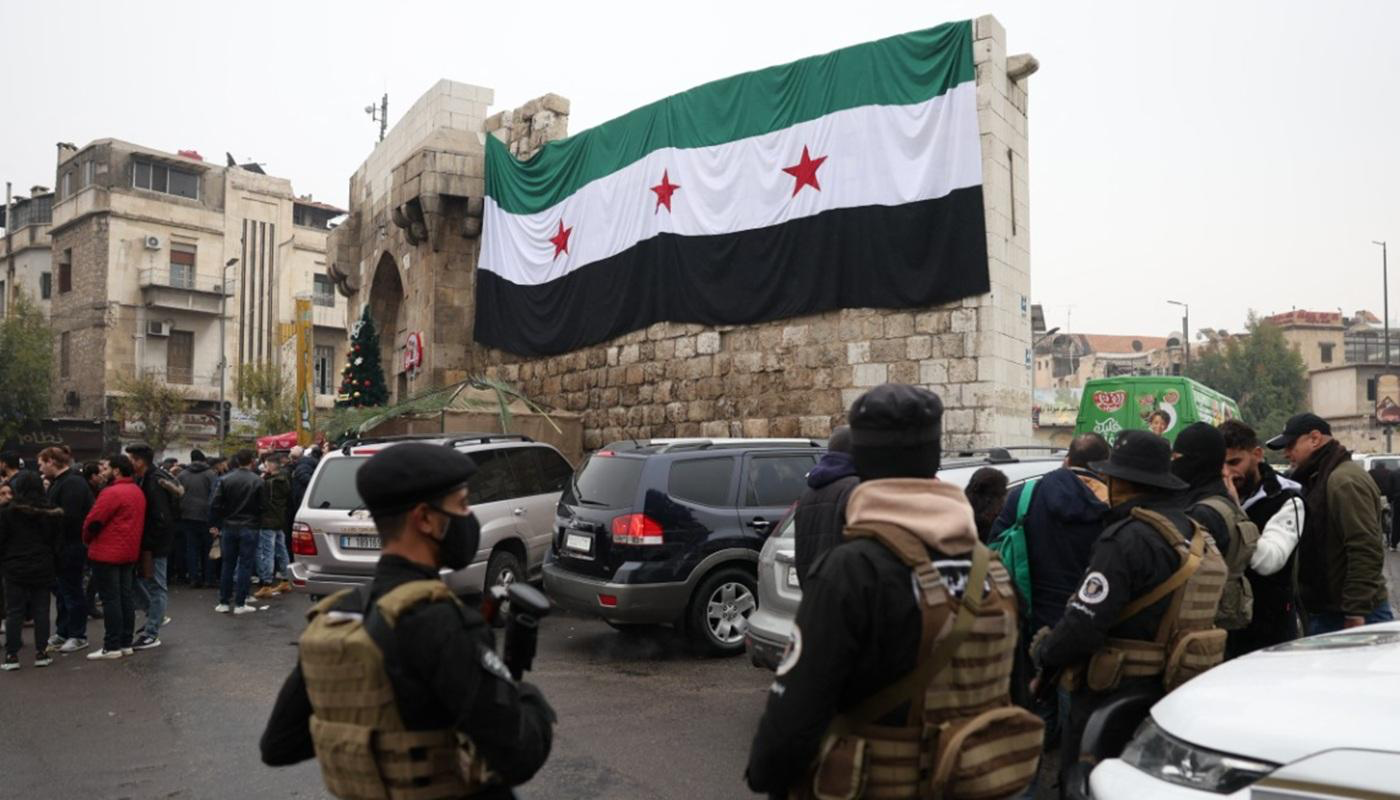
A New Phase
Syria is entering a new era—partnership with the international coalition—that goes beyond the military sphere, redefining Damascus’ position in the global order, shaping new military alliances, and clarifying “enemies and allies” in the post-Assad era.
Wael Alwan, a researcher at the Jusoor for Studies, told Al-Estiklal that Syria’s entry into the coalition presents a “major opportunity for full intelligence, security, military, and logistical coordination with the major powers leading the alliance, especially the United States.”
He noted that the cost for Syria is minimal, since it is already fighting the same groups targeted by the coalition. “For example, Damascus fights ISIS, while factions in northwest Syria, particularly Hay’at Tahrir al-Sham, have long acted as informal local partners of the U.S. in counter-ISIS operations,” Alwan added.
Hezbollah, some Palestinian factions, and Iraqi paramilitary groups aligned with the Iranian Revolutionary Guard—all of whom fought alongside Assad’s former regime—remain adversaries of the Syrian people and the current government. Even former local opposition administrations in northwest Syria were considered enemies. “So Syria’s coalition membership doesn’t change its focus—the wars were already ongoing,” the researcher said.
According to Alwan, joining the coalition gives the Syrian government full political, logistical, military, and security support, while neutralizing a key leverage point previously used by the Syrian Democratic Forces (SDF) to resist integration with Damascus. “The SDF was the coalition’s local partner, but now the Syrian government is the official ally.”
Alwan emphasized that the SDF will continue counterterrorism operations alongside units like the Free Syrian Army, long supported by the U.S.. “But all these efforts will now be coordinated through the Syrian government, which is the official link to the coalition for intelligence, logistics, security, military, and financial support,” he said.
On the question of defining who counts as a terrorist, Alwan explained that the government faces no real challenge. “The framework has already been established over the years, when factions in northwest Syria, particularly Hay’at Tahrir al-Sham, acted as informal, unofficial partners of the coalition in counterterrorism operations,” according to Alwan.

A New Strategic Partner
What was unthinkable just a few years ago—U.S.-Syrian rapprochement—has now become a cornerstone of Washington’s strategy for counterterrorism and regional security recalibration.
In this shift, Washington is moving to forge new partnerships to ease the burden of direct confrontation, with Damascus emerging as a rehabilitated regional player. Once a battlefield, Syria is now positioned as a potential security partner, capable of playing a pivotal role against transnational threats such as Hezbollah, the Iranian Revolutionary Guard, and remnants of ISIS.
This strategic pivot reflects a U.S. recognition that regional stability depends on integrating the new Syrian state into the equation, not only in the fight against terrorism but also in addressing complex issues spanning Iraq and Lebanon, in an effort to rebuild regional balances.
Abdullah al-Asaad, retired brigadier and head of the Syrian Center for Strategic Studies, Rasd, told Al-Estiklal that “shifting international dynamics and changing regional alliances have pushed the United States to expand Syria’s role, turning it into a partner within the international coalition.”
“The alliance includes key countries such as Turkiye, Iraq, and Lebanon, aiming to dismantle terrorist movements across the region,” he said.
“U.S. priorities focus on Hezbollah, the Iranian Revolutionary Guard, ISIS remnants, and certain emerging networks of Hamas in Damascus.”
“This new role gives Washington an extra shoulder within the coalition, allowing it to share part of the counterterrorism burden with Damascus,” al-Asaad added.
“It also opens space for factions in eastern Syria to reorganize security locally, especially after the relative decline of the Syrian Democratic Forces, which had been Washington’s primary operational arm in the area.”
Al-Asaad emphasized that “recent political and military activity, along with the restructuring of alliances between the U.S., Turkiye, and the new Syrian state, reflects increasing reliance on Damascus as a central partner in regional affairs—not just against ISIS but also in tackling complex issues in Lebanon and Iraq and addressing transnational terrorist factions to safeguard regional security.”
Sources
- Syria to Help “Confront” and “Dismantle” Terror Networks Including IRGC, Hamas, and Hezbollah [Arabic]
- U.S. Military: 5 ISIS Fighters Killed, 19 Captured in Operations in Syria [Arabic]
- Key Outcomes of the Historic al-Sharaa-Trump White House Meeting [Arabic]
- Palestinian Sources: Syrian Government Seeks to Control Faction Weapons, Hamas Leads Communications [Arabic]


